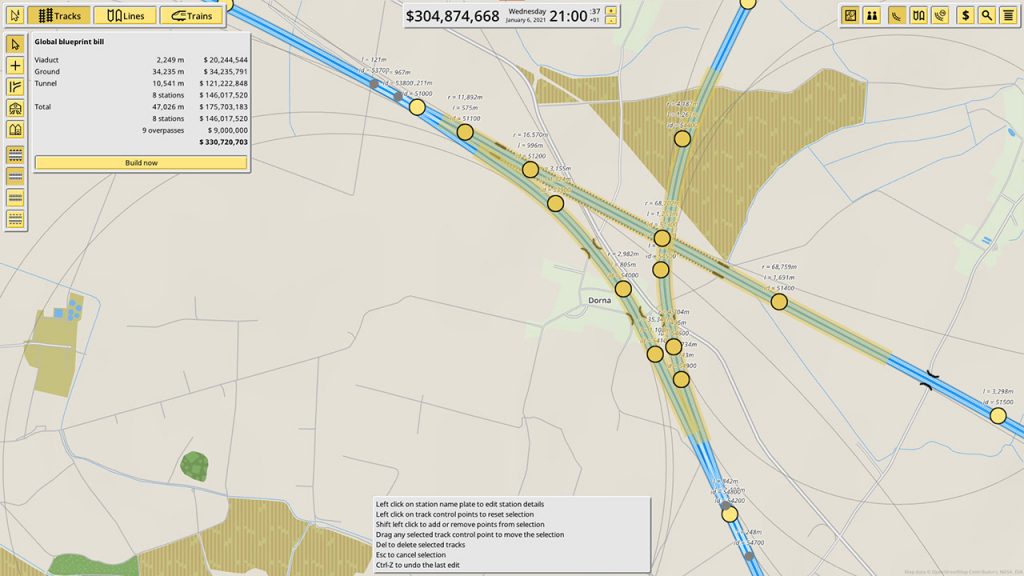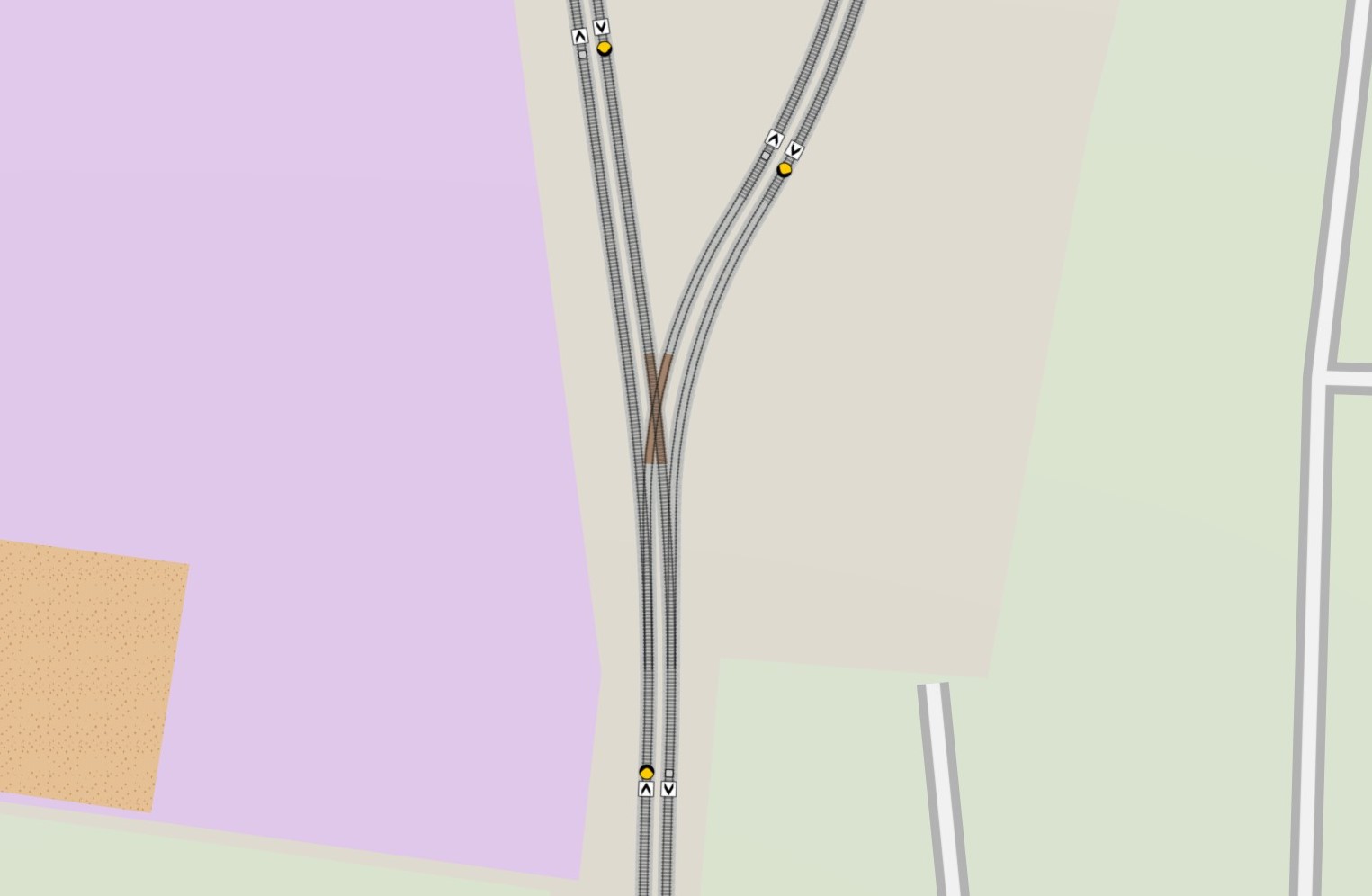


Your tracks will need to respect real, existing roads and streets.A rail link from Lisbon to Shanghai? Anchorage to Buenos Aires? Cape Town to Rabat? Why not! Design and play on a fully detailed real world map with 1cm resolution. Do you have strong opinions on rail projects and want to test your own ideas? This game was made for you. Design train tracks, set up lines, and get that stock rolling to make money and serve the needs of the population. For the exit to junctions, use Simple Block signals, or Block Balise if you really want to.NIMBY Rails is a management sandbox for railways you build in the real world. Where the lines split into different directions, set that Path Signal’s Limit Path to ‘Only for the same direction’, with every other Signal that doesn’t split, is set to ‘Always’. Don’t forget that complex junctions are just lots of simple junctions chained together.Īs a general rule of thumb: Use Path Signals for every entrance to a branch/point/junction.

Hope this helps understanding simple junctions. See below for how not to signal this type of point. A regular Simple Block signal will work but will be red when technically the path is clear because the block it controls also extends to the lower line. However, it will also be green when the train on the right proceeds into the station because its path is clear. Note that the Path Signal set to ‘Limit Path Always’ on the upper line of the station is also required, it will be red as this train is moving onto that path, preventing any trains from departing the station and colliding with the train taking its path to the upper line. The train on the Left has just departed the station and is taking this Path Signalled junction to get on the upper line to continue East, yet there’s a train waiting at their Path Signal (which is now red, not amber), until the path that signal control is clear. The above image should explain a little better. Simple ‘get on the right path’ points with Path Signals. The Path Signal to the right is set to ‘Only for the same direction’. These two options have different graphics, ‘Always’ being a solid color, and ‘Only same’ having a black stripe in it. This last bit is perfect for what we need. If it’s set to Only for the same direction, it will only let trains pass if they’re not following the path that is occupied. If it’s set to Always, it will never let a train pass this signal if any of its paths are occupied with a train. This has two settings: Always and Only for the same direction. To start with, there is an additional option with Path Signals over Simple Block signals, which is the Limits Path: option. These are our Path Signals and I’ve selected the right-most one to demonstrate how it works. Note we’ve also got rid of the Block Balise signal separating both paths. Simple junction with the new Path Signal blocks.Īs we can see, we’ve one less signal, and three new signals with orange lights. Using the same junction as before, let’s tidy it up and put Path Signals in where they should be. A few are needed, and if you’ve placed one and looked at the options it might be confusing. The new way to signal this junction is by using Path Signals. If a train is in that station waiting for pax or any other reason, and another train comes up to the back of it, as long as that train clears the Block Balise signal the bottom track going into the station will not tell trains to stop! This is bad. That’s right! Both trains would collide with each other, because the Block Balise signal stops the signals from talking to each other, informing them of trains being on the track. However, imagine if a train came from the bottom up to the upper horizontal line, and another train was also on the upper horizontal line, both traveling right? Who would have the right of way? Would the signals make a train stop? Keep in mind that trains cannot stop at Block Balise signals! Simple branch junction with old signal system.Īs we can see, the blue line visible travels across the lower horizontal line, and the Block Balise signal stops any train on this section of track interfering with the upper horizontal line. You’d have to determine which route was your more popular route, and then place a Block Balise signal between the two main paths of this line. Pre Beta 1.2.9, the best way to signal points was to place two Simple Block signals to the entrance to the split, and then another Simple Block signal to end every other point.


 0 kommentar(er)
0 kommentar(er)
